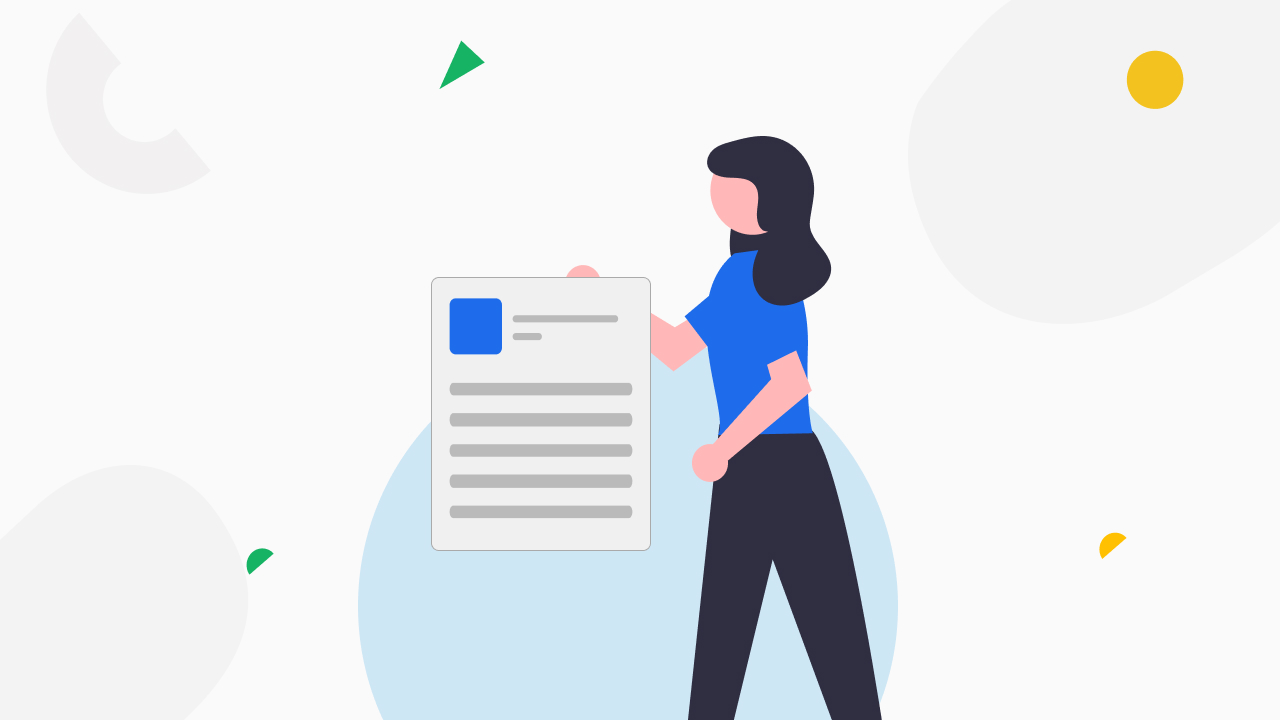Blogs Home
5 Easy and Effective Ways to Secure Your AWS Cloud Environment
Published on August 30, 2022
3 min read

Companies urgently need to find a way to upscale their cloud security. With recent headlines detailing vicious cyberattacks against popular cloud providers including AWS, it’s more important now than ever for businesses to invest smartly in ensuring their cloud environments are secure from hackers.
Of course, AWS’ reputation provides enterprises with a level of visibility and confidence that they often don’t find elsewhere. he fact that AWS builds security into the core of their cloud infrastructure and offers foundational services to help organizations meet their unique security requirements in the cloud. This has proven incredibly valuable for resource-fixed companies.
But IT teams are still responsible for their security in the cloud, despite AWS managing the security of the cloud. This means they are in charge of implementing the best security protocols for their cloud environment.
The following 5 tips will assist every company in securing their AWS infrastructure in order to bear the burden more easily.
1. Identify Your Assets
Whether it be an enterprise or a federal agency, chances are the assets these entities possess will be vast and diverse. By identifying the assets you need to protect, you’ll be able to satisfy AWS best security practices. It will also give you a better sense of how to protect these assets from both internal and external threats. .
It’s recommended that these assets be placed into one of two categories. The first is essential information assets that typically come in the form of business-related information and internal specific processes. The second category consists of the components that support those critical information assets such as hardware infrastructure.
Once these assets are properly defined, you’ll have the visibility needed to determine what data needs to be protected and how it should be protected.
2. Security Strategies > Controls & Tools
When starting with AWS, it’s a good idea to prioritize your security strategy over the controls and tools you wish to implement. Indeed, your specific plan should determine the rules and tools your organization uses and not the other way around.
This is because your security strategy is comprehensive and therefore it has more impact on your teams and organization as a whole in ways that individual tools and controls do not. And by prioritizing your security strategy, you’ll be in a better position to integrate security into all business processes and determine how they’ll affect team workflows, especially for operations and development teams.
Additionally, by having your security strategy in place before deploying tools, it will be easier to implement security monitoring for them.
3. Choose Your Admins Carefully
Data stored in S3 buckets should have as limited access as possible. Only root users and trusted administrators should have access to this data, and yet not every admin should have the same level of accessibility. It is still advisable to be cautious and determine who should be an admin, though.
An admin failing to establish comprehensive policies typically results in those policies losing their effectiveness and ends up increasing your organization’s attack surface. Developers may require admin rights to perform certain tasks, but granting them also increases the risk of stolen credentials, configuration problems, and so on.
The same alertness should be applied to terminate users who at one point were trusted with admin rights as ex-employees can be a potentially significant insider threat. Although it’s unfortunate, not all threats are external, so being safe with admin rights is important to securing your AWS environment.
4. Consider a Virtual Private Cloud (VPC)
A VPC (Virtual Private Cloud) is required for organizations with multiple servers to separate their public and private infrastructure. While VPCs are quite similar to IAMs., the key difference is that IAM policies are applied to internal entities such as users with multiple levels of authentication. VPC’s on the other hand focus on the traffic that is coming into your network.
For organizations that want to establish networked resources within AWS, a VPC needs to be designed first. Essentially, a VPC separates what your organization does and does not want on the public internet. For example,No organization wants their databases to be accessible from the public internet, and therefore infrastructure with private IPs should be located on a private IPs. Alternatively, subnets with public or elastic IP’s belong in the public category. When a VPC is built within your AWS environment, it will become possible to run applications in a secure atmosphere.
5. Set up an On-Demand Disaster Recovery Plan
Cloud outages are unfortunately inevitable in this current landscape where cyberattacks and extreme weather events are becoming more common. Data loss can occur for a variety of reasons even when things are normal. Hard drive failures, accidental deletions or changes, human error, or even physical theft might all be responsible.

A recent report from Wanclouds, 65% of IT decision-maker reported say their organization experienced at least one data loss incident last year. As the threat of data loss and downtime escalates, it’s become imperative that every organization prioritizes disaster recovery as part of their cloud security strategy.
Wanclouds’ DRaaS solution for AWS, which is enabled through our SaaS-based automation suite VPC+, lets enterprises programmatically track, backup, and easily re-deploy cloud-native applications in different regions within AWS or in a different cloud altogether in case of any disasters. With VPC+, AWS customers can backup their production VPC blueprints or EKS deployments along with the complete resources and relationships (networking, security policies, end-points) and restore them on-demand.
Spotting a crucial gap in the market, VPC+ gives every organization a simple and effective disaster recovery option in the cloud that protects mission-critical data, lowers costs, alleviates time-consuming management, and provides instant scalability.
To learn more about Wanclouds’ DRaaS offering for AWS, visit VPC+ in the AWS marketplace or email support@wanclouds.net.
Join our newsletter
Sign up for the latest news about Wanclouds.